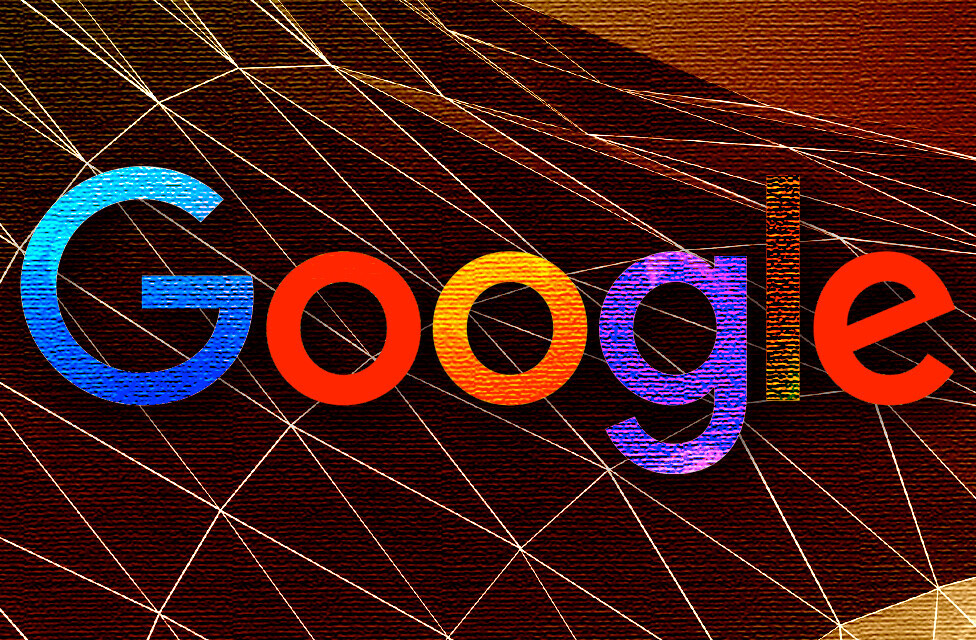
The appeal of financial trading
Those who have a particularly good financial compass, a memory for business trends, or a knack for putting together cause-and-effect relationships can build wealth by exchanging value on the financial markets. In fact, a person could have numerous qualities that might give them an advantage when trading. For the uninitiated as well, the idea of trading stocks, bonds, currencies and commodities is enticing.
The biggest draw for would-be investors is the thought of high returns that many entertain, a reward that is only achieved with as much practice as it takes to become proficient in any other profession. Nevertheless, someone with a penchant for spotting good opportunities can become wealthy in a short period, even from the comfort of their favorite armchair. Modern exchanges allow traders to access their portfolio, watch charts move in real-time, monitor crucial market news, and invest on the go. Trading is also flexible when it comes to expense—a person can invest as much or as little as they wish, and the costs will not be overly prohibitive.
However, regardless of the skill or vigilance of any individual trader, there are pitfalls in today’s financial trading system that are simply unavoidable.
The high risks of a trading career
In most modern trading platforms, the inevitable presence of fees is hard to ignore. Many understand that there is a real reason for them, and it’s because exchanges have overheads like any other business. Despite seemingly low rates like 1.00 percent of yearly trade volume or flat fees such as $7.00 or 0.05 percent per trade, these costs add up significantly over time. On larger trades, it can be painful to see a three or four-figure fee on a single buy order.
Low liquidity is also a recurring issue. This prevents the market from moving naturally, making prices more volatile and preventing traders from filling orders at the desired prices. By contrast, high liquidity means that it is easy for a trader to find another to buy from, or sell to. It’s easy to see why this is a good thing. When someone decides that they want to sell, they are also telling the market they believe that the price of their asset will decrease in the future. Buyers believe the opposite. A market is basically a place where people can disagree on the value of things, and low liquidity stifles this discussion.
Even in times when liquidity is healthy, the traders participating in daily volume are largely unknown parties. Trying to trace the path of a trade is difficult because verification systems across world markets have not been standardized—an unfortunate truth that can also lead to conflicts of interest. Transparency is also lacking in terms of information flow. It’s possible to hide weaknesses in financial data, but even without intentional meddling, information is often asymmetrical across systems. This causes inefficiency in the whole environment because investors cannot be certain that their data is precise nor that they have all the figures necessary to invest confidently.
How a fintech innovation based on blockchain can help
Fintech is a term that has rapidly become a buzzword in both the finance and technology spheres (of which the word is an amalgamation). The young industry began with the birth of the internet, and people quickly realized it could solve numerous issues that were inherent in financial markets. However, institutional lenders, banks and other large corporations were heavily invested in the status quo, and fought against the disruptive power of fintech right up until the financial crisis that made landfall in 2008.
Using technology to aid us in financial trading is now the standard, and we jump at any advantage or new convenience it brings. Accordingly, many are excited about blockchain because it delivers speed, transparency, cost-effectiveness, and accessibility all within a single package. Instead of the centralized systems that still dominate fiat markets today, blockchain is a decentralized method of supporting the same processes. The network’s data is stored and processed on the computers of each user simultaneously, all of which employ a complicated encryption algorithm to verify and log transactions on a shared ledger.
This type of infrastructure has several benefits. The first, security, is a natural product of decentralization. Whereas an adept hacker can infiltrate centralized data sources like the servers that traditional trading platforms use, insider access to a distributed system grants no advantages. Targeted DDoS attacks—short for distributed denial of service—simply don’t work when an application or site is supported by millions of network nodes at once.
Additionally, cryptography enables accurate transaction verification without storing sensitive identifying information. The encrypted algorithm responsible keeps the network’s many nodes safe and running on the same clock as well. By permanently recording every verified transaction that takes place on the chain, it serves as an unsurpassed transparency tool. It’s easy to identify stakeholders, see their complete history in the market and make confident trades accordingly.
Decentralization also promotes accessibility. It tears down the barriers erected by today’s international financial system that exist between asset classes and geographical borders. In a trading platform run on blockchain, citizens of any country can access a range of digitized global assets including foreign currencies, commodities like gold or oil, other cryptocurrencies, and even physical assets without any bureaucratic interference. Blockchain also levels the fees that have dominated the industry by using smart contracts to automate the functions of middlemen that currently sit between buyers and sellers.
Services like trade.io are giving the pioneers of blockchain a trading environment with all the benefits discussed above. With the TradeToken cryptocurrency, investors can easily buy and sell a diverse range of assets on the trade.io exchange, and will earn TradeToken dividends by being a stakeholder in the exchange itself. This unprecedented democratization of the standard trading process will unlock the ability for consumers to invest freely and for fund managers to reach a wider audience.
The futuristic financial trading model
Currently, when a US-based investor wants to buy shares in a British company, they need to jump through several legal and financial hoops for the privilege. With cryptocurrency, it’s possible to host a real-time secondary market for any asset, and make it available to those with an internet connection and cryptocurrency wallet.
Freeing markets from systems that are naturally prone to error and replacing them with secure, irrefutable mathematical infrastructure like blockchain is the only way forward. It will help to prevent the overreach and lack of rationality that led to some of our worst economic disasters, and better distribute the deck that was once stacked against the average investor.
Get the TNW newsletter
Get the most important tech news in your inbox each week.




